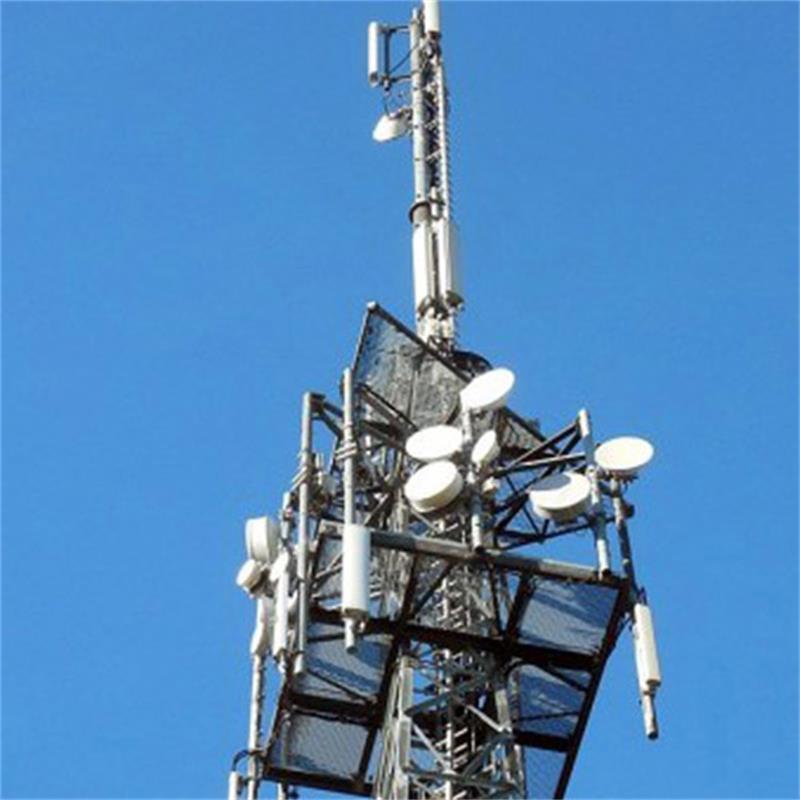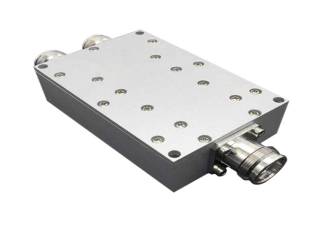-
 Cellular Distributed Antenna Systems (DAS)
Sep , 17 2020
Cellular Distributed Antenna Systems (DAS)
Sep , 17 2020
How A DAS Works A DAS is a network of antennas that sends and receives cellular signals on a carrier’s licensed frequencies, thereby improving voice and data connectivity for end users. In its most simplified form, a DAS has two basic components: 1 - A signal source A Distributed Antenna System, as the name implies, “distributes” signal. But it generally doesn’t generate the cellular signal itself...
View more
-
 What is active DAS?
Nov , 07 2020
What is active DAS?
Nov , 07 2020
Active DAS An active DAS converts the analog radio frequency transmissions from the signal source to a digital signal for distribution. A master unit performs this analog-to- digital conversion. The master unit may digitize the signal from a single carrier or multiple carriers. Once converted, the DAS transmits the digital signal over fiber optic or Ethernet cables to remote radio units (RRUs) tha...
View more
-
 POWER SPLITTER – RESISTIVE, REACTION, AND WILKINSON
Mar , 01 2021
POWER SPLITTER – RESISTIVE, REACTION, AND WILKINSON
Mar , 01 2021
Power splitter, also widely known as Power Divider, is a device that divides a radio frequency microwave input signal into any number of output signals and while doing so, it maintains the characteristic impedance of the input. They are widely used in labs, radar and communication systems and test instrumentation etc. They are categorized broadly into two- Resistive and Reactive. Resistive Power S...
View more
-
 What is a power splitter
Apr , 21 2022
What is a power splitter
Apr , 21 2022
Power dividers (also power splitters and, when used in reverse, power combiners) and directional couplers are passive devices used mostly in the field of radio technology. They couple a defined amount of the electromagnetic power in a transmission line to a port enabling the signal to be used in another circuit.There are wilkinson power splitter and cavity power splitter or reactive Power Splitter...
View more
-
 What is low noise amplifier?
Aug , 24 2024
What is low noise amplifier?
Aug , 24 2024
Low-noise amplifier/LNA is a special kind of electronic amplifier, which is mainly used to amplify the signal received from the antenna in communication system, so as to facilitate the processing of electronic equipment in the later stage. Because the signal from the antenna is generally very weak, low noise amplifiers are generally located very close to the antenna to reduce the loss of the signa...
View more
-
 5G-Advanced Accelerates New Requirements for In-building RF Infrastructure
Apr , 28 2025
5G-Advanced Accelerates New Requirements for In-building RF Infrastructure
Apr , 28 2025
As 5G-Advanced (5G-A) technology emerges, it brings higher speeds, lower latency, and smarter network capabilities, reshaping expectations for in-building wireless systems. Modern facilities—such as offices, airports, and hospitals—now require more advanced Distributed Antenna Systems (DAS) capable of supporting higher frequency bands and broader bandwidths. Traditional infrastructure must evolve....
View more
 POWER SPLITTER – RESISTIVE, REACTION, AND WILKINSON
Mar , 01 2021
POWER SPLITTER – RESISTIVE, REACTION, AND WILKINSON
Mar , 01 2021
 What is a power splitter
Apr , 21 2022
What is a power splitter
Apr , 21 2022